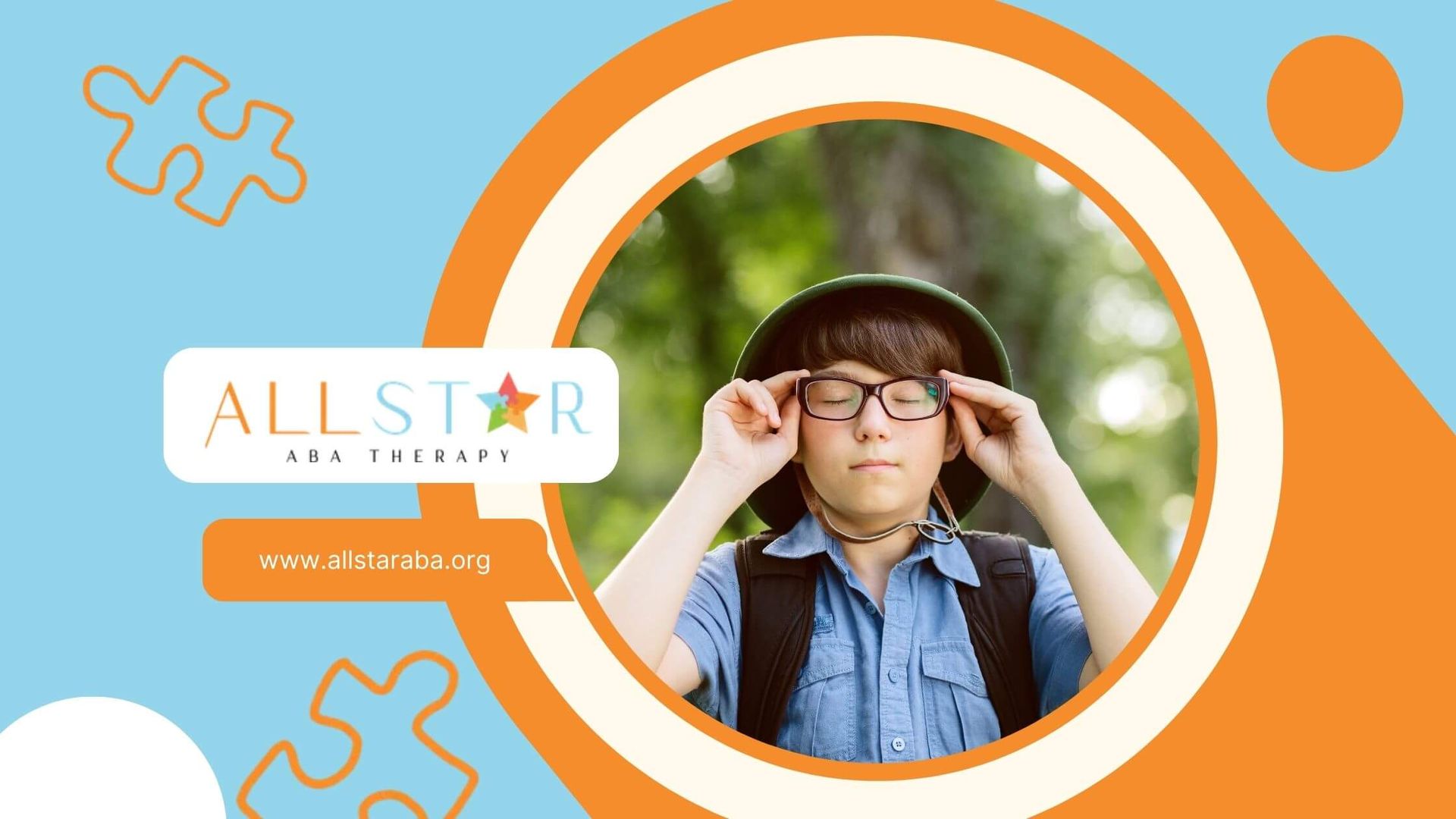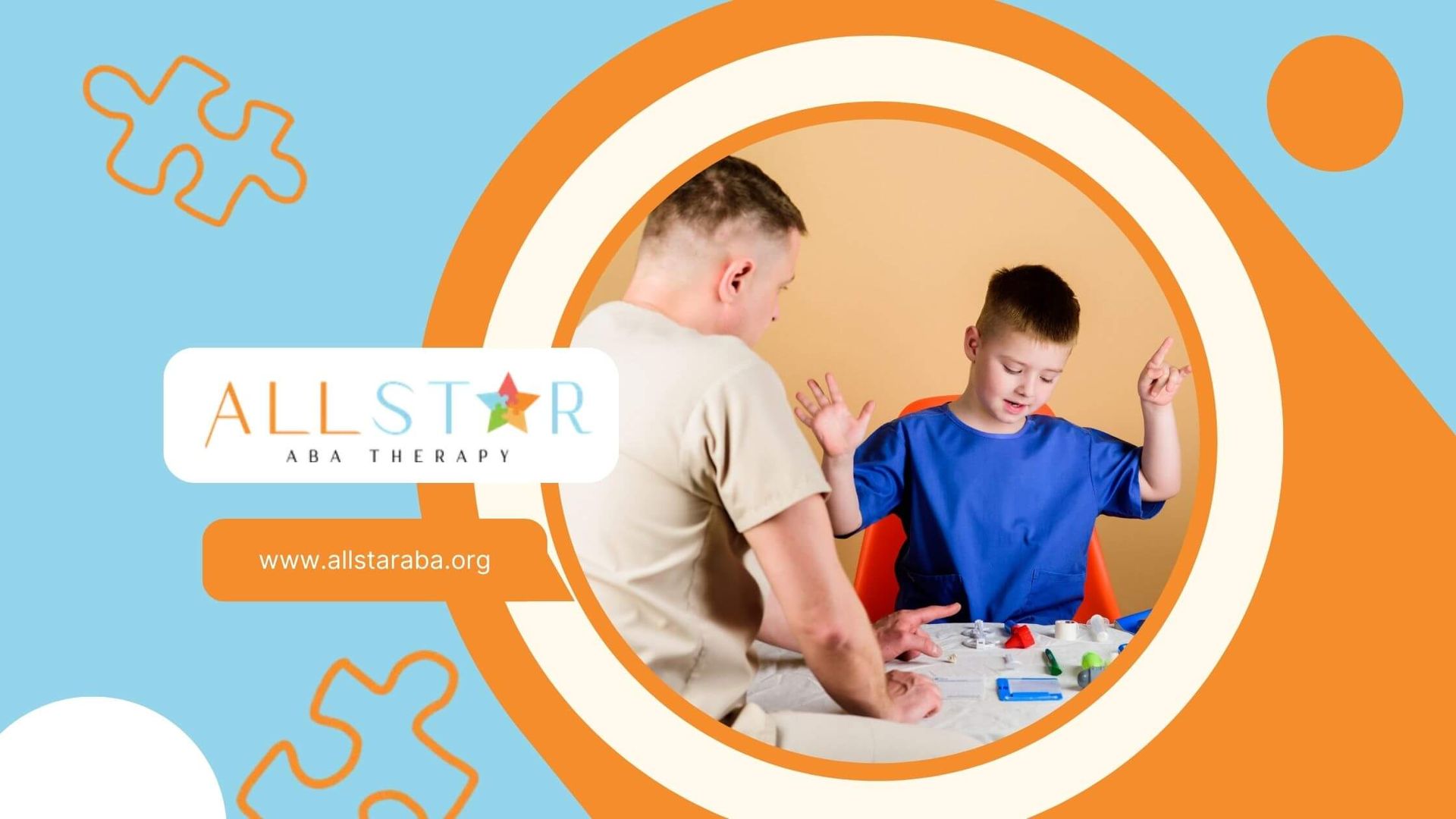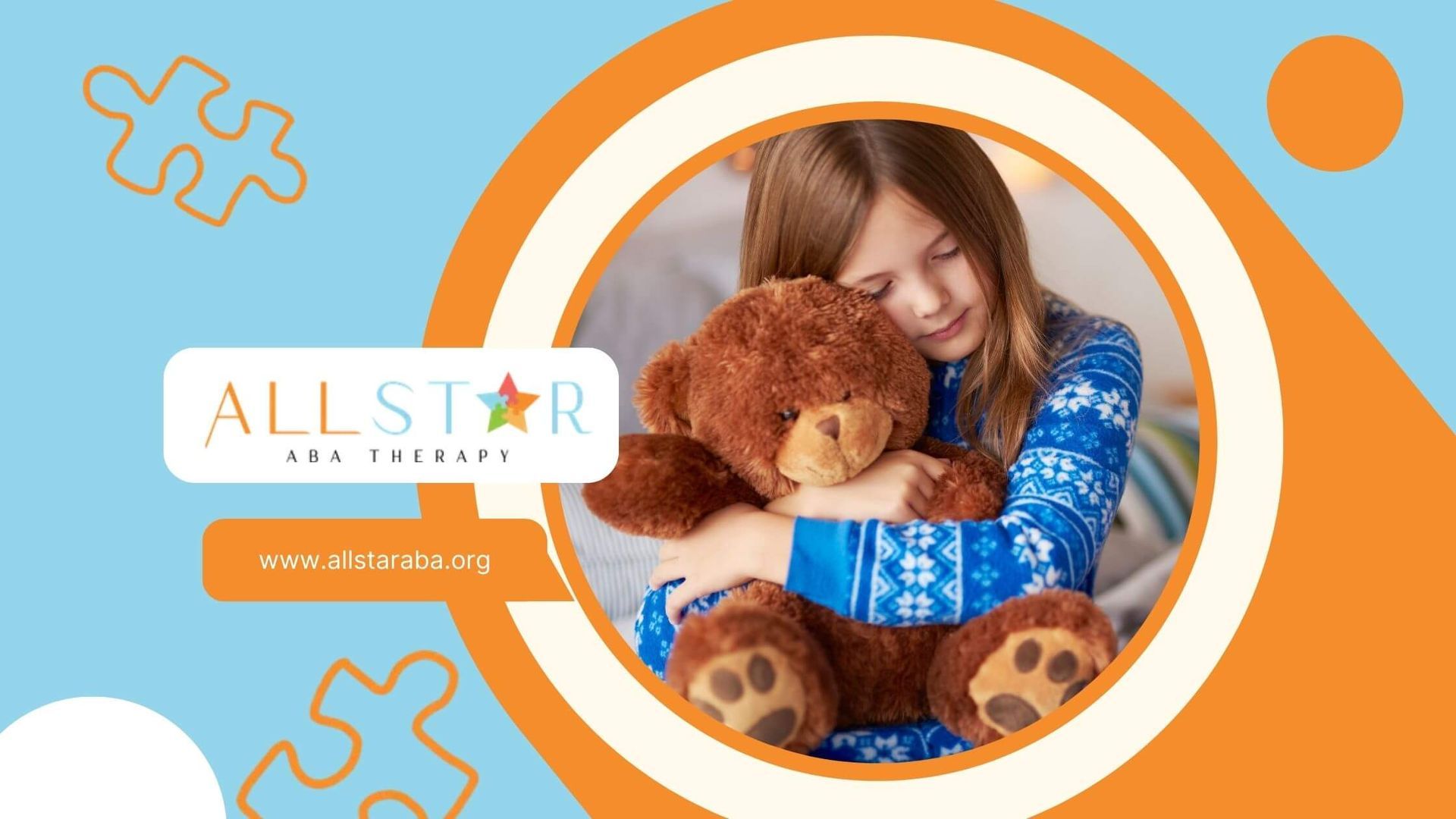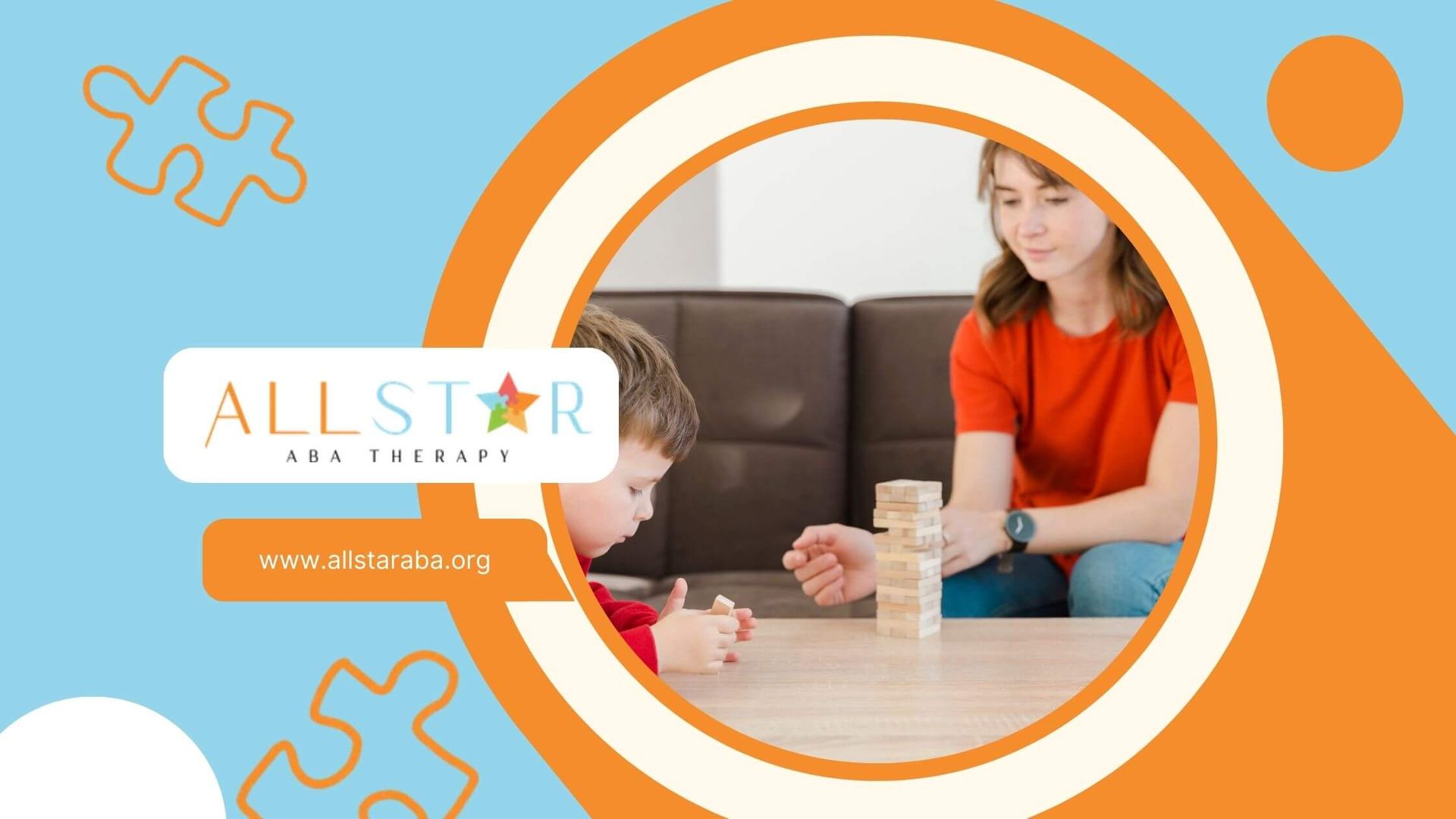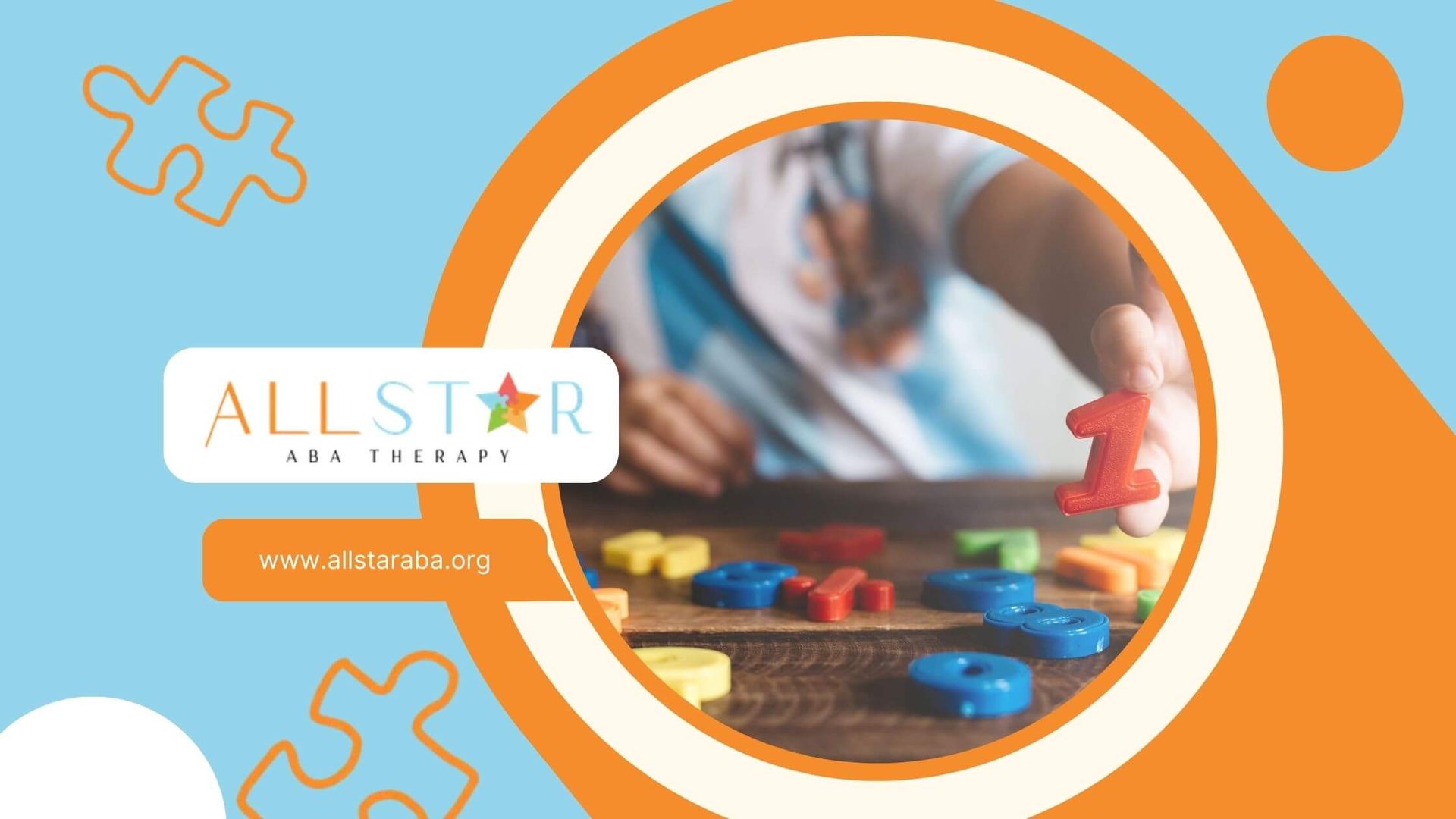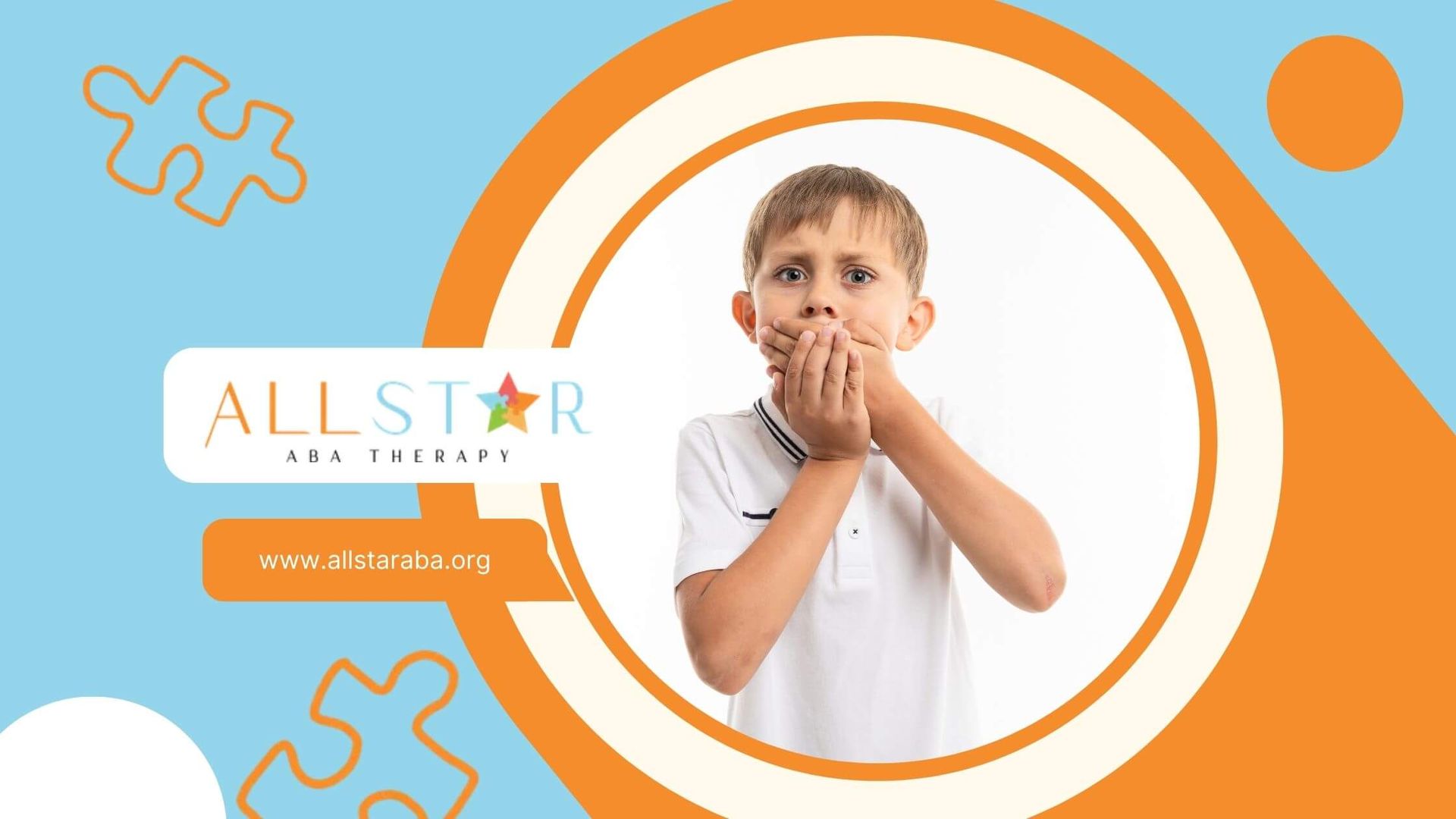New Paragraph
Understanding ABA Therapy at Daycare for Your Child
- ABA therapy, or Applied Behavior Analysis, is an evidence-based approach used to support children with autism spectrum disorder, particularly in early childhood.
- Incorporating ABA therapy into daycare settings promotes skill development like communication, social interaction, and positive behavior change.
- Through techniques like positive reinforcement and consistent routines, ABA programs enhance a child’s learning capabilities.
- Therapists and daycare staff, including certified behavior analysts, collaborate to implement tailored interventions based on the child’s specific needs.
- ABA therapy offers long-term developmental benefits, including improved social skills, behavioral adjustments, and lifelong learning enhancements.
Are you thinking about ABA therapy in a daycare setting for your child? Applied Behavior Analysis therapy is a well-known way to help with autism spectrum disorder and other development issues.
When children are young, adding this therapy to a caring daycare can help them grow important social skills. It can also create positive behavior changes and help them meet learning goals.
Knowing these benefits can help you choose the best experience for your child’s education and growth. Let’s look at how ABA therapy can help kids thrive in daycare settings.
What is ABA Therapy?
Applied Behavior Analysis (ABA) therapy is a way to understand and change behavior using proven ideas. This type of therapy aims to teach useful skills while reducing actions that can get in the way of learning or social skills.
Therapists study how behavior is affected by the environment and create specific plans for each person based on their needs. ABA therapy works well for children with autism spectrum disorder.
Definition and Core Principles
The main ideas of ABA therapy focus on strategies like positive reinforcement. This is essential for encouraging good behaviors.
By giving rewards like a toy, praise, or fun activities, we can create lasting good behavior changes. ABA also uses the “ABC” model, which means Antecedent, Behavior, and Consequence, to help with effective interventions.
Behavior analysis is the base of ABA. It helps make sure each therapy session fits the child’s unique needs. Certified behavior analysts create personalized plans to keep progress steady. This makes ABA therapy an important resource for children in many developmental situations.
Benefits of ABA Therapy in Early Childhood
ABA therapy offers life-changing benefits for young children, especially during important early development years. It uses positive reinforcement and proven techniques to help children grow. Parents and caregivers often see big improvements in many areas.
- Skill Development: ABA therapy helps develop key abilities like communication, motor skills, and self-care. This prepares young learners for school and social interactions.
- Behavioral Improvements: The therapy reduces issues like tantrums and aggression by tackling the root of these behaviors.
- Social Skills: Through planned activities, children learn to have meaningful interactions and understand social rules, which are important in early childhood.
ABA also focuses on meeting each child’s specific needs. By using consistent techniques, positive changes can happen in different places, like daycare programs that support young learners.
Implementing ABA Therapy in Daycare Settings
Integrating ABA therapy into daycares mixes structured learning with therapy. Daycares that use ABA therapy aim to create a friendly space that meets each child’s growth needs. Therapists work closely with daycare staff. This way, they can reinforce methods that help kids learn, gain social skills, and change their behavior.
The daycare setting is perfect for ABA therapy. It has regular routines and chances for kids to interact with each other in a safe way. Together, therapists and caregivers help young learners grow their skills over time.
Key Components of ABA Programs in Daycare
ABA programs in daycare are based on consistency and a personalized approach. They aim to help children show real and long-lasting growth in their behavior and learning.
A key area is routine. Having a steady way to conduct therapy sessions and daycare activities is important for children who need structure. Personalization is also essential. ABA plans in daycare focus on each child's unique strengths and challenges, so they get the attention they need.
Moreover, keeping track of progress is very important in ABA programs. Qualified therapists gather specific information about how each child is doing and use this to improve results. By mixing ABA methods with everyday daycare routines, children benefit from a smooth learning experience, which helps them face challenges and achieve their full potential.
Role of Therapists and Daycare Staff
The role of certified behavior analysts and daycare providers is very important for making ABA therapy work well. BCBAs create special plans for each child and guide therapy sessions. They make sure the therapy matches what the child needs.
Daycare staff work with therapists to use ABA strategies all day long. They help during snacks and playtime, making sure that ABA ideas are continued even outside therapy sessions. Caregivers are also very important because they share information and help children practice skills at home.
Working together is essential. BCBAs team up with daycare staff to train them and keep in touch about the child’s progress and any issues. This teamwork creates a caring place where children can grow their social and communication skills without interruption.
Impact of ABA Therapy on Child Development
The use of ABA therapy in childcare greatly helps kids reach their development goals. It focuses on skills like social interaction, communication, and emotional control. By providing steady reinforcement and routine in daycare, ABA helps children adapt, engage, and learn better.
These developments make children more prepared for school and create a base for skills they will use throughout life. ABA therapy not only brings quick benefits but also supports ongoing growth, affecting their development in positive ways for years ahead.
Social Skills and Communication Improvements
ABA therapy is a great way to help kids improve their social skills and communication. With the help of therapists, children learn how to have conversations and feel more confident in sharing their thoughts. This leads to positive behavior change.
Positive reinforcement is very important in this process. Therapists may give rewards when children start or respond to social gestures, like waving or saying "hello." These rewards encourage kids to practice until they get better at these skills.
In daycare settings, kids interact with one another, which gives them plenty of chances to practice their communication skills from ABA. Activities like playtime or circle sessions help them learn to work together and improve both their talking and body language.
With expert help, these focused activities help kids build strong and friendly social connections.
Behavioral Adjustments and Learning Enhancements
ABA therapy helps kids change their behavior and learn better in daycare settings. It focuses on fixing disruptive habits and gives children the skills they need to control their feelings and reactions.
Positive results come from actions that focus on what can be seen. Below is an example of how ABA can help, shown in a table:
| Behavioral Objective | Learning Result |
|---|---|
| Reduced tantrums | Increased focus during group activities |
| Improved listening skills | Enhanced ability to follow multi-step directions |
| Better impulse control | Greater engagement in academic tasks |
In therapy sessions, children slowly move from difficult behaviors to positive learning habits. Using ABA services supports overall development. This way, young learners can gain the important tools they need for success in the future.
Conclusion
Understanding ABA therapy in daycare settings is important for helping kids grow and develop well. When daycare staff use the main ideas of ABA, they can create a space that improves social skills, communication, and behavior. The teamwork between therapists and daycare workers builds a helpful support system where children can do their best.
With the right plan, ABA therapy not only helps kids learn but also improves how they handle daily interactions. If you are thinking about ABA therapy for your child, feel free to contact All Star ABA for a consultation to see how it can help your family.
Frequently Asked Questions
How does ABA therapy integrate into daily activities at daycare?
ABA therapy fits easily into daily daycare routines. It does this by adding structured help during activities like group play, snack time, and circle time. Therapists and staff make sure ABA services are ongoing during these times. This way, children have good chances to learn new skills and show positive behaviors.
What qualifications should daycare staff have to administer ABA therapy?
Daycare staff need basic training in ABA therapy. They should work with certified BCBAs to make sure it's effective. It is also best if the staff aim for certification as Registered Behavior Technicians (RBTs). This will help them use therapy techniques that follow ABA standards.
Sources:
- https://pmc.ncbi.nlm.nih.gov/articles/PMC6411562/
- https://ethicallingua.org/25409190/article/view/19
- https://www.richtmann.org/journal/index.php/jesr/article/view/12943
- https://ijmmu.com/index.php/ijmmu/article/view/1225
- https://www.bhcoe.org/2021/07/the-role-of-caregiver-involvement-in-aba-therapy/
- https://stemedresearch.siu.edu/behavior-assessment-training/positivepractice.pdf
- https://www.autismspeaks.org/applied-behavior-analysis
Need Support?
We're Here to Help!
Our experienced team is ready to assist you. Reach out today to discuss how we can support your child's development and well-being.
Get started with expert ABA therapy today.



